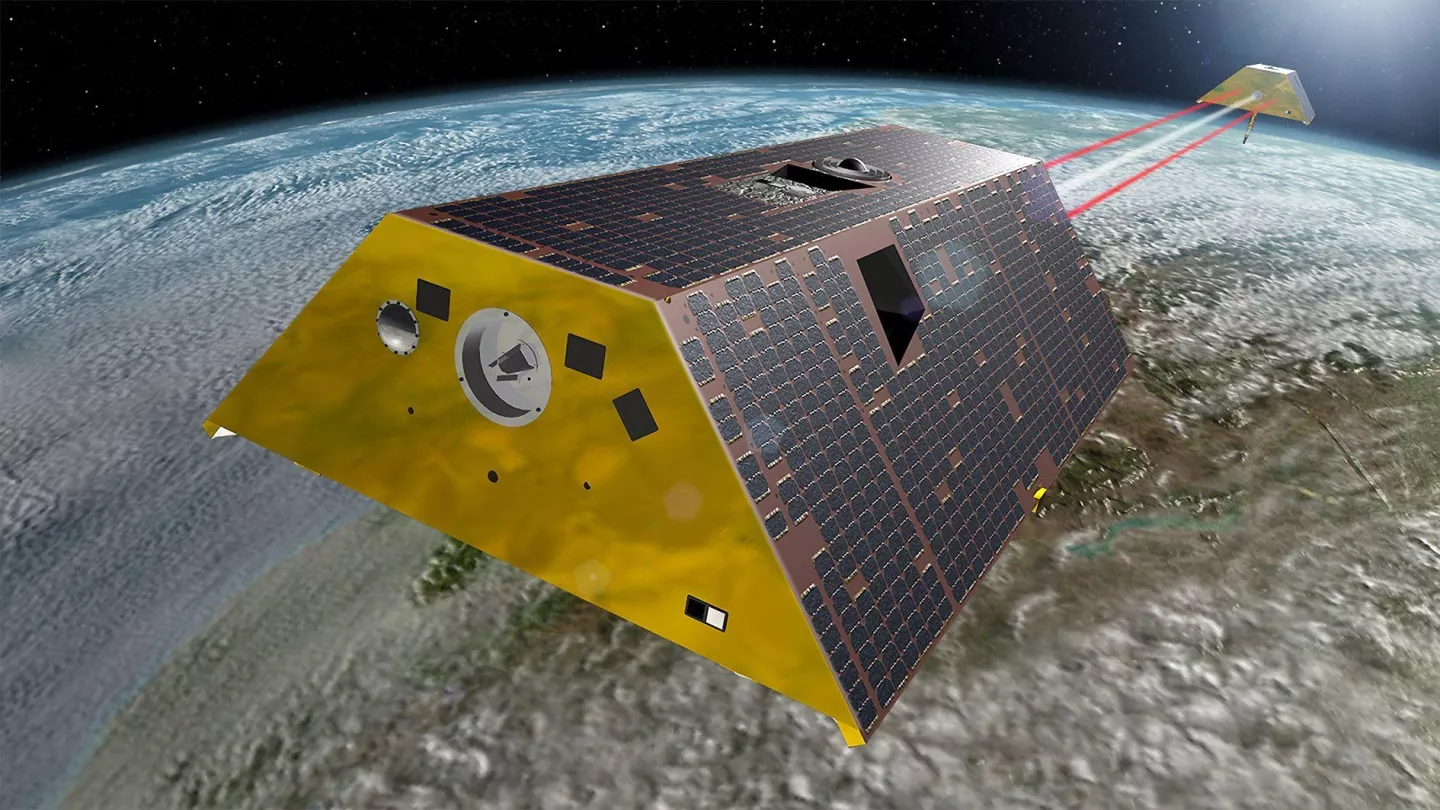The original GRACE (Gravity Recovery and Climate Experiment) was a joint project between the US Space Agency (NASA) and the German Aerospace Center (DLR). The two identical satellites, which tracked each other at a small distance of about 200 km in the same path, were launched into orbit from Plesetsk in Russia on 17 March 2002.
The satellites used microwaves to continuously measure the mutual distance. The mass attraction influenced the orbit of the satellites and their speed. The resulting minimal changes in distance made it possible to draw precise conclusions about the distribution of masses on the Earth and the changes they underwent. This provided important information, for example about the extent of polar cap melting, the decline of groundwater reservoirs and for estimating sea-level rise.
After about 15 years, the two satellites had reached the end of their lifetime - battery problems and running out of fuel led to the termination of the mission. However, due to its high relevance for Earth system research, the German Research Centre for Geosciences Potsdam (GFZ) and NASA launched the follow-up mission GRACE-FO (Gravity Recovery and Climate Experiment Follow-On) in May 2018, which is intended to continue the objectives of the original project.
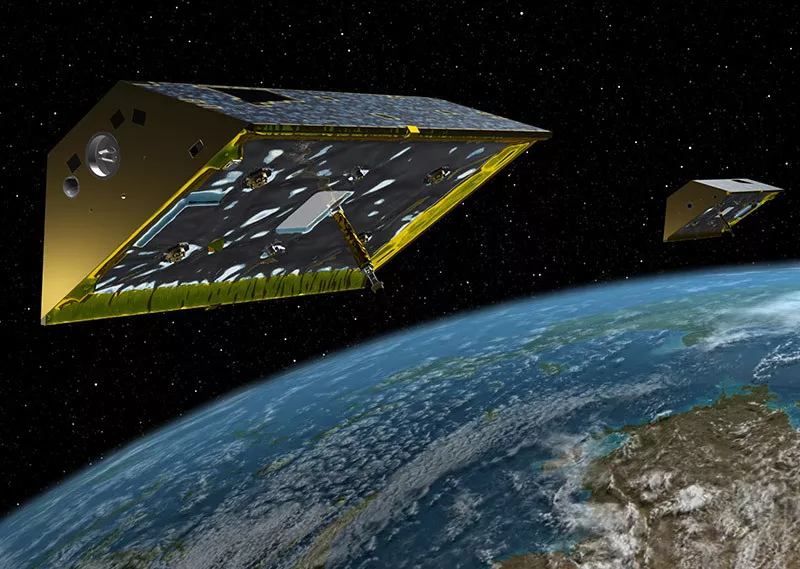
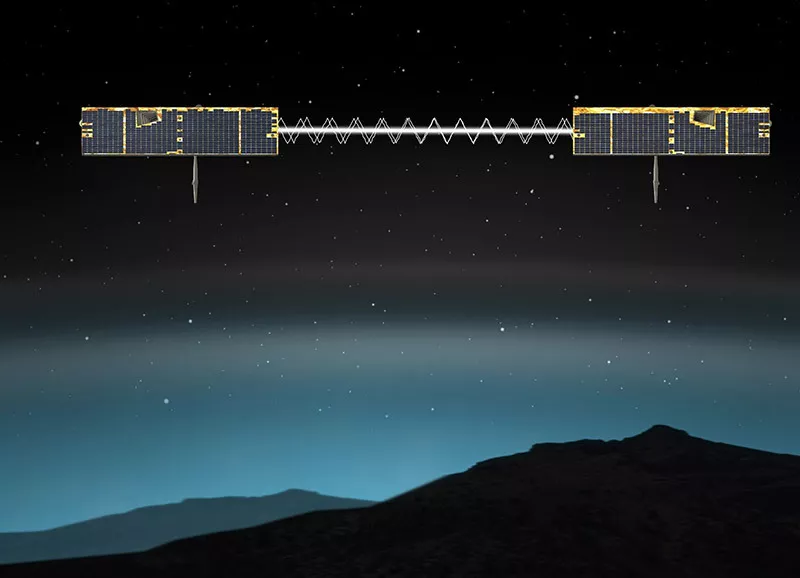
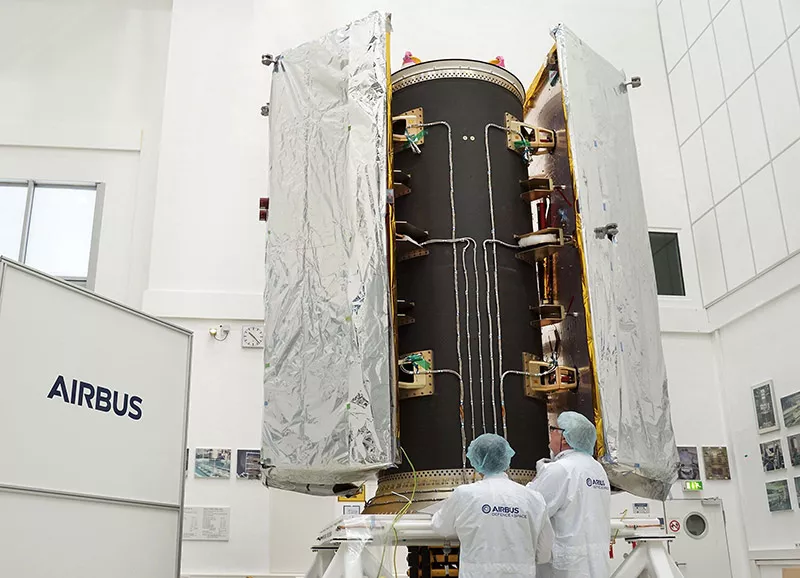
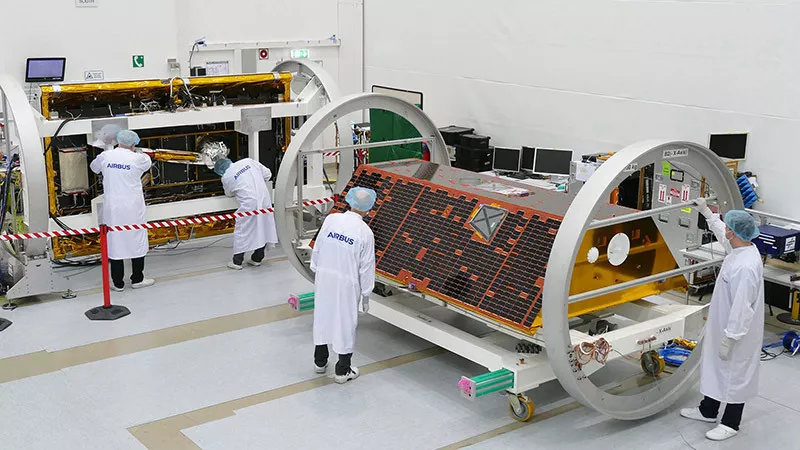
New technology for a proven mission
The GRACE "twins" and their replacements were built by Airbus. Both satellites have star sensors and accelerometers on board for attitude control and the determination of non-gravitational disturbance forces. The position and speed of the satellites were determined by GPS receivers and by satellite-laser ranging retroreflectors. In addition, the two satellites are equipped with a microwave system in the K-band, which allows to determine the distance and especially its change with an accuracy of better than 0.1 µm/s. GRACE-FO also has a Laser Ranging Interferometer (LRI) on board for the purpose of a technology demonstration.
The KD-5100 displacement measuring system supplied by Althen is part of the Laser Communication Terminal (LCT), which is used to transmit light or laser beams over long distances. The KD-5100 is used to align the laser mirrors within the LCTs of both GRACE-FO satellites.
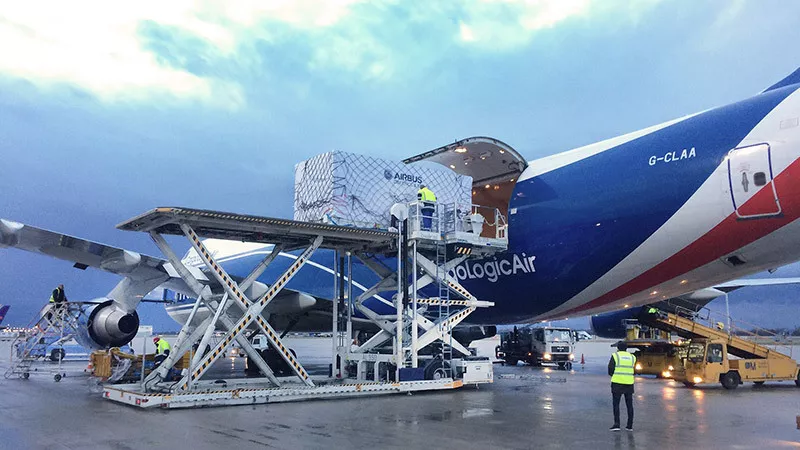
KD-5100: Nanometer precise deflection of laser beams
To ensure that the satellites can communicate with each other by laser, two precisely matched KD-5100 eddy current sensors are positioned on the back of the respective servo-driven Fast Steering Mirrors (FSM) in two coordinate axes. If one of the mirrors moves, the other is adjusted accordingly. The output signal of the KD5-100 is used to actively control the mirror position. The high-precision measuring system operates with a resolution down to the nanometer range. In addition to use in satellites, the KD-5100 is also used in ground stations and in image stabilization systems.
Each of the two current satellites delivers up to 200 profiles of temperature distribution and water vapor concentration in the atmosphere and ionosphere every day. These are used, among other things, to improve weather forecasts. Thanks to GRACE-FO, worldwide data on soil moisture and the state of groundwater have been available regularly for the first time since 2020.

